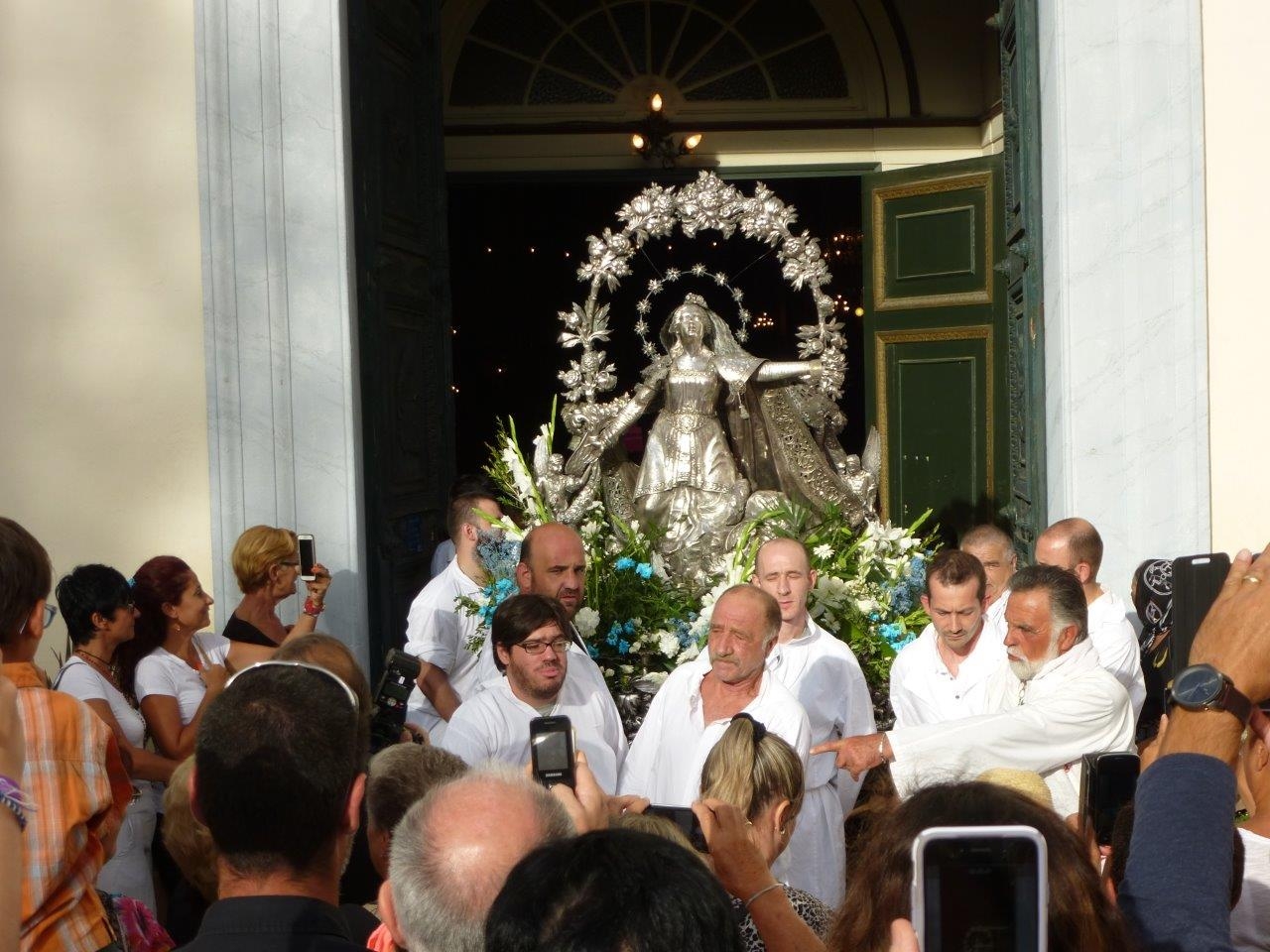It was always a special day when my mother used to get her rickety old metal skillets and announce we were going to make crêpes. Even back then, in my childhood, I loved all things related to the home (cooking, ironing, decorating, and more), and spending time in the kitchen learning from my mom was a super-special treat.
Over the years, I rarely made crêpes, but when I was teaching French at our local high school, our French Honor Society used to prepare and sell crêpes at the French table, to promote our classes. This is the recipe I used with students when I was assisting them, and I've made it dozens of times since. It has gotten refined and adjusted and is THE crêpe recipe I stand by.
I hope you will give it a try for a special breakfast, brunch, or afternoon tea or coffee with friends.
Makes 20 small crêpes
Ingredients:
2 cups of flour
2 eggs
1 1/2 cups of milk
1 cup of water (you can add up to another 1/2 cup to thin the batter, if you wish)
1 tsp of oil
1 tsp sugar
1 pinch of salt
Instructions:
Mix dry ingredients in a large bowl. Mix the other ingredients in a medium bowl ans whisk until blended. Pour the liquids onto the dry ingredients and mix until combined and smooth. Let sit at room temperature 20-30 minutes, or longer in the refrigerator if necessary.
Heat 2 small skillets on medium heat and pour a few drops of oil in the center to help the first crêpe cook well. You should not need more oil from here on, but this depends on your skillets.
Pour 1/2 a ladleful of batter in the skillet and holding it by the handle, swirl the batter into a round shape by tilting and rotating the skillet to achieve such shape. Crêpes are meant to be thin, so do not pour too much batter at a time. Let cook about 2 minutes; be sure the crêpe edges start to dry and lift a little. To flip it over, you might need to help it along with a spatula. Once loose, try flipping over the crêpe by thrusting it in the air (gently!) with a little spin of the wrist to make the crêpe flip over in the air. Cook another minute until slightly golden. Move crêpe onto a regular dinner plate on which you will stack every crêpe. No need to separate them with wax paper.... They stack well and won't stick.
Notes:
- Crêpes are very easy to make and you don't need special or fancy tools to make them. This is a job that works best with 2 or 3 skillets at a time and becomes relatively intensive, so do not count on tending to anything else once the skillets are warm.
- One recipe only makes 20 small crêpes. I suggest you double the recipe to save time. Separate your stacks: Eat some while you cook (someone has to test the quality, no? - those don't count), eat some officially on a plate with a topping, then refrigerate or freeze the rest. To freeze them, wrap small stacks in wax paper, then slip them in a freezer baggie, and mark the date. I recommend you use them within a month or two at most as they will dry out in the freezer.
Toppings: Sweet or Savory
Traditional toppings of butter and granulated sugar, jam, Nutella, strawberries and whipped cream are tasty, but to follow French Breton traditions, you can also top them with eggs, spinach, onions, mushrooms, Swiss cheese, etc etc. Savory crêpes make a very nice-looking lunch! My mother used to make cannelloni with crêpes instead of pasta tubes, for a very fine and delicate dish.
A vos fourneaux et bon appétit !
(At your stoves and...you know the rest!)




















